The Catalina Photo Album
This Dakota Hunter Blog shows you some rare photos of the Consolidated Catalina PBY before, during and after WWII. The Seaplane was a contemporary of the Douglas DC-3/ C-47, with more or less equal dimensions, same radial aero engines and belonging to the very selected group of WWII built aircraft that even in the New Age still fly in an operational role. Along with that Douglas C-47 and the Curtiss Commando C-46, they make the Jurassic Park of Aviation with the Catalina still operational in the fire-fighting role (see my previous Blog Jurassic Park of Aviation by the Dakota Hunter).
The feature photo shows the remnants of a private Catalina PBY-5A N5593V, that was on an around-the-world tour, organized by Californian millionaire Thomas W. Kendall who had converted the Catalina Amphibian to a luxury air yacht. On March 22, 1960, the Catalina landed in the water near the Ras Alsheikh Hamid, on the Saudi Arabian Peninsula.
In the afternoon of the following day, they were attacked by a Bedouin coast patrol, as part of the Saudi Arabian army. They took that Cat for an Israeli Spy Plane and fired machine guns and automatic firearms from nearby. The aircraft was hit by some 300 bullets, but the American group remained unhurt.
They were eventually taken to Jeddah, interrogated and finally set free with the help of the American Ambassador.
The Catalina was abandoned on the beach and deteriorated over the years (courtesy aviation-safety.net).
The photo above depicts the Consolidated PBY Catalina, designed in the 1930’s by Isaac M. Laddon. The first PBY (Patrol Bombers made by Consolidated) types flew in 1933 and entered service with the US Navy in 1936, long before the War.
It was ordered by numerous allied military forces and flew during WWII in maritime patrol work in Anti-Submarine Warfare (ASW), Convoy escorts, Cargo Flights, and Search and Rescue (SAR) roles. When the US Navy retired its Catalinas in 1957, 3,431 units were made in USA and Canada. 2029 were PBY-5 Flying Boats (could only land on water) and 1402 PBY-5A’s, with A for Amphibians, provided with retractable wheels, fit for landing on water or land)
The photo above shows a magnificent shot of a Catalina on patrol over the Aleutian Islands. The string of islands was running from the Alaskan “panhandle” all the way West to Asia. There was a justified fear that this string could be used by Japanese Naval Forces to hop from the West over the islands right into Alaska.
The Japanese occupied two tiny islands in the far western part of the ring, that both were American soil. In June 1942, a Japanese attack with Aircraft carriers on Dutch Harbor, AK followed and the panic in Alaska was complete and justified. Long Distance patrols with the versatile Catalina PBY-5A were executed around the clock.
See for more details of this authentic story my earlier blog (08-08-2015) about this most interesting subject. Click here at Nippon’s second attack on USA.
The photo above shows a Catalina with Russian Red Star. The Catalinas were delivered from the USA but also, a limited series was built in Russia. They had negotiated a License contract with Consolidated in 1938, but it seems that only 27 were produced as GST ( designation for Soviet-built Catalinas). Their production facilities were overrun by the invading German troops and hence, most Catalinas were ferried from the USA via 3 different routes.
Over the Mid-Atlantic via Puerto Rico, Brazil, West Africa to Egypt and Sebastopol. The North Atlantic route via New Foundland, Iceland to Murmansk and the Alaskan route via Kodiak to Vladivostok and on via Siberia to the German front at the Baltic and Black Sea for ASW and patrols against the Kriegs Marine. In 1944, the Russians also received a large number of the more advanced PBY-6A Nomad, equipped with radar for more efficient Submarine tracing.
The photo above shows a Catalina in British RAF colors. Other manufacturers than Consolidated built the type for the US Navy and Allied Forces. They were designated according to different manufacturer codes. Canadian-Vickers-built examples were designated PBV, Boeing Canada examples PB2B and Naval Aircraft Factory examples were designated PBN. Royal Canadian Air Force examples were named Canso.
The Royal Air Force used the name Catalina and the US Navy adopted that same name in 1942. The USAAF (later to become the USAF) used the designation OA-10. US Navy Catalinas used in the Pacific against the Japanese for night operations were painted black overall, and were referred to as the “Black Cats“.
The photo above: Catalina charged with bombs and depth charges under the wings in the Anti-Submarine/ Anti-Shipping Warfare role. Note the parasol wing, mounted on the fuselage’s pylon. Located in this narrow pylon-space was the seat of the flight engineer, who had with small side windows a good view on both engines.
Also well visible are the outer wing mounted retractable floats, a patented design from Saunders-Roe that saved drag in normal flight when the floats were hinged/ folded to become the wing tips.
The photo above shows best the very peculiar pre-war design of the Catalina, the most successful seaplane/ amphibian ever made but still with “old -school” elements as the bracing struts under the wings and a large part of the trailing edge of the main wing still clad with canvas.
The Catalinas were most extensively used as anti-submarine warfare (ASW) aircraft during WWII in both the Atlantic and the Pacific Ocean and were also used in the Indian Ocean from the Seychelles Islands and Ceylon. With its unparalleled flight range, only the Cat could fly from Ceylon non-stop to Perth, Australia.
Their duties included escorting shipping convoys to Murmansk in the Northern Atlantic route. By 1943, German Submarines were well-armed with anti-aircraft guns to discourage attacking Catalina’s. Two Victoria Crosses were won. In total, Catalinas destroyed 40 U-boats and a Brazilian Catalina attacked and sank U-199 in Brazilian waters on 31 July 1943.
The photo above shows the maintenance facility of the flying boat PBY-5 in the Pacific War Theater. The PBY-5 version was built from September 1940- July 1943. Note that those Catalina’s with no landing gear had to be pulled from the water for each major repair/ overhaul. That beaching happened with special trolleys mounted on the sides under the main wing spars.
Very cumbersome and one of the reasons that in October 1941, the PBY-5A was introduced with a tricycle landing gear, based on an earlier Grumman design. The PBY-5A was the version most built and stayed in production until January 1945. All Catalinas built after that date were designated as PBY-6A with eye-ball front turret, a taller vertical tail and most important, a radome over the cockpit for radar (see photo below).
The photo above shows a PBN-1 Nomad from Denmark in a post-war role as submarine hunter and long distance patrol with huge radome above the cockpit. The Naval Aircraft Factory made significant modifications to the Consolidated PBY design. The new aircraft, officially known as thePBN-1 Nomad, had several differences. The most obvious upgrades were to the longer and sharper bow. And to the tail, which was enlarged substantially.
Other improvements included larger fuel tanks, increasing range by 50%, and stronger wings permitting a 2,000 lb (908 kg) increase in gross takeoff weight. An auxiliary power unit was installed, along with an improved electrical system. Of the 156 PBN-1’s produced, 138 served with the Soviet Navy. The remaining 18 were assigned to training units at the Naval Air Facility in Newport, RI. Later, improvements found in the PBN such as the larger tail were incorporated into the amphibious PBY-6A.
The Royal Australian Air Force (RAAF) operated Catalinas as night raiders, with four squadrons, laying mines from April 1943 until July 1945 in the southwest Pacific; they penetrated deep into Nippon-held territory and tied up the major strategic ports such as Balikpapan/ Borneo which shipped 80% of Japanese oil supplies. In late 1944, they flew mine dropping missions that sometimes exceeded 20 hours in duration and were carried out from as low as 200 ft in the dark.
That same city of Balikpapan was my home for years in the mid-1950’s where I lived with my family. My dad was a Shell oil-exploring engineer and before we came to live in the comfort of Balikpapan, we spent 3 years in the Borneo Jungle. In Sanga-Sanga at the border of the Mahakam River (near Samarinda), I had the incredible luck as a young kid to fly and watch the weekly landings of a Shell-operated Catalina that was purchased straight from the US surplus after the war.
With my dad, we flew that aircraft a few times and I vividly remember the outrageous experience of the flights and runs over the jungle rivers of Borneo. That view would stay with me for the rest of my life and would later even be revived (photo courtesy Kelvin McCann, depicting the closest situation ever seen to what I remember from the Mahakam landings and the surrounding jungle in Eastern Borneo).
Photo above depicts a Quantas Empire Airways operated Boeing built Catalina VH-EAW, after a water landing on Howe Island, photo taken by the late 1940’s .
Catalina’s were also used for commercial air travel right after the war. For example, Quantas flew commercial passengers from Suva to Sydney, a journey of 2,060 miles, which in 1949 took two days. The longest commercial flights ever made in those days were the Quantas Amphibian flights flown weekly from June 1943 through July 1945 over the Indian Ocean.
Qantas offered non-stop service between Perth and Colombo, a distance of 3,592 nmi/4,134 mi/ 6,652 km). As the Catalina typically cruised at 110 knots/ 130 mph/200 km/h, this took from 28 to 32 hours and was called the “flight of the double sunrise,” since the passengers saw two sunrises during their non-stop journey. The flight was made in radio silence because of the possibility of Japanese attacks and had a maximum payload of 1,000 lb (450 kg) or three passengers plus 143 lb (65 kg) of military and diplomatic/ secret cargo (Source Wikipedia).
The photo above from LIFE Magazine, 1953. After the war, an entrepreneur by the name of Glenn Odekirk saw a new future for the roomy Catalinas as extreme luxury flying yachts. They were to be the epitome of glamorous travel that he calledLandseaire. Odekirk was quoted in a magazine article in 1953 “I decided to build an aerial luxury yacht in which you can land and live almost anywhere in the world with all the comforts of home.” (source messynessychic.com)
Can you believe such romantic dream to come true? Well, in the year 1993, I was engaged as a Corporate Creative Director and was requested to write a storyboard for a TV Documentary series, focused on an “Out of the Box -Travel around the World” concept. Now, can you guess what I came up with? No, not the Jumbo or the Concord, that’s stupid. What came out of my pen was the “Catalina Odyssey”, based on what I had experienced in Borneo some 40 years earlier!
In 8 episodes of the series, the first Trans-Atlantic Tour took place in July 1993. I hired the Catalina Z-CAT from Zimbabwe, which flew the African Catalina Safari tours from the Victoria Falls to Luxor, Egypt under the guidance of its owner, Frenchman Pierre Jaunet. On that expensive Safari flight, he had famous entrepreneurs as Bill Gates and his Microsoft Board of Directors booked for a two weeks flight.
Z-CAT was later sold to NZ, went into a winter sleep for years and resurrected only recently for a new lease of life with a maiden flight in New Zealand, Bravo !
Photo above depicts Catalina Z-CAT during a water landing in Iceland, Jokulsarlon lake ( First Catalina Odyssey, 1993). With spooky Icebergs around us, we were filming this landing from a small dinghy. A superior view and light as the Cat came in. Only 3 days later, on the final leg back to Holland, we blew an engine over the North Sea and had to divert to Aberdeen, Scotland for an emergency landing.
We were heavy with full tanks and 18 people on board. Under the guidance of a Westland SeaKing Helicopter, we barely made it while dumping fuel, hoping to win some altitude. It just worked all right but the final leg to Amsterdam was made on board of a Fokker Friendship.
The Cat came in later, after an engine exchange. It was a real adventure trip with a double Atlantic crossing in a voyage of 6 weeks.
The second Catalina Odyssey Tour took place in summer 1994 with yet another four episodes. One episode took place in the Bahamas, Bimini. Our Catalina VR-BPS was landing in Bimini Bay. I had hired the Cat this time from Cambridge, UK; it was owned by Plane Sailing Ltd. The superb flight qualities of captain Paul Warren Wilson and the stronger engines R-2600 of this Super Cat made us perform the most wonderful water landings all over the Caribbean, South, and North America. From Rio’s Sugar Loaf Bay to a water landing in Lake Titicaca, Bolivia.
From Old Providencia’s lagoon to the BVI and Cuba’s North shore to end up with Bimini and the Cruiser port of Miami. That was the absolute “Flight of a Lifetime” of which I have tons of footage and photos. One day soon I hope to make a superb final edit out of all this material, to show you the romance of flying away in a seaplane that can virtually land anywhere in the world, without the hassles of a mass tourism infested International Airport. Stay tuned for more to come!
Islands in the stream, that is what we are, no one in between, how can we be wrong, fly away with me to another world (free to the BeeGees song “Islands in the Stream” by Dolly Parton and Kenny Rogers, google and listen to that song while you watch those pics, it’s magic!)
I was engaged with piston prop aircraft from my early youth in Trinidad and Borneo until today, as being the Dakota Hunter. I wrote a book about my passions in life and my weird encounters with the Douglas DC-3/ Dakota, the Catalina, the (Super) Constellation, the Douglas DC-7 and the Curtiss Commando C-46. See the video below of a fatal flight of the last operational C-46 in Bolivia. I was lucky to make one of the last flights on board and made this film, a sad story of the Condor, that will never pass again.
My book The Dakota Hunter is an engagingly written book of 320 pages, illustrated with 250 unique photos, all made during my 25 years of expeditions to the remote places where the last of the WW II built aircraft still struggle for survival. Meet the pilots, the owners, the Military and the War Lords, who use the planes for their trade and transport. For ordering the book, you can go directly to the Amazon page by clicking here at Ordering at Amazon The Dakota Hunter Book.
For previews, 5-star reviews of my book, see the Amazon page or come to my website and also view my earlier Blogs by clicking here at dc3dakotahunter.com
Enjoy the reading of my blogs about vintage aircraft, see them on War History Online Magazine or my Facebook page.
Hans Wiesman
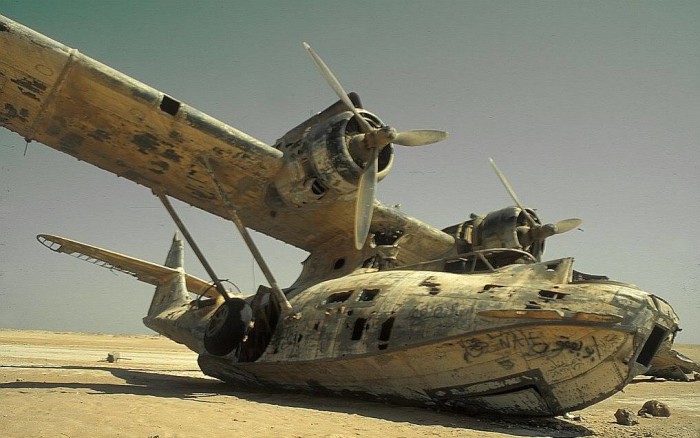
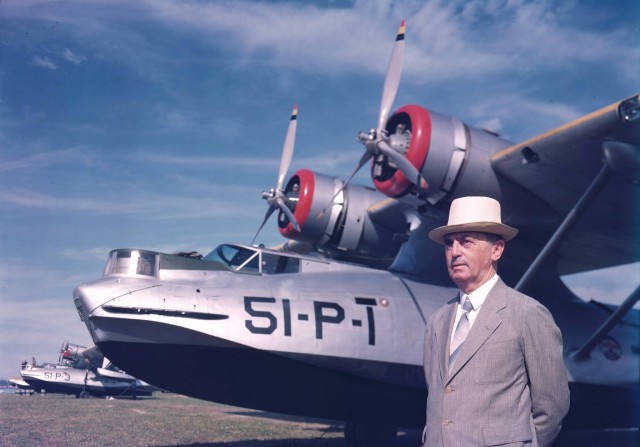
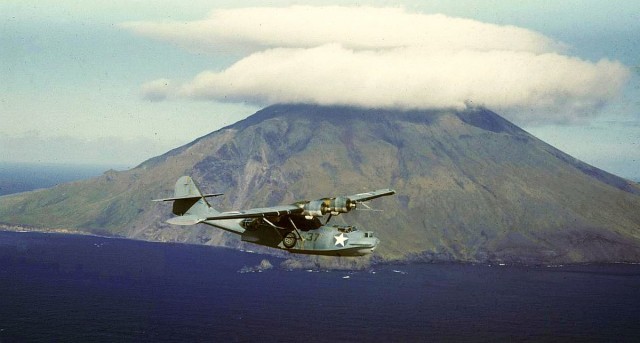
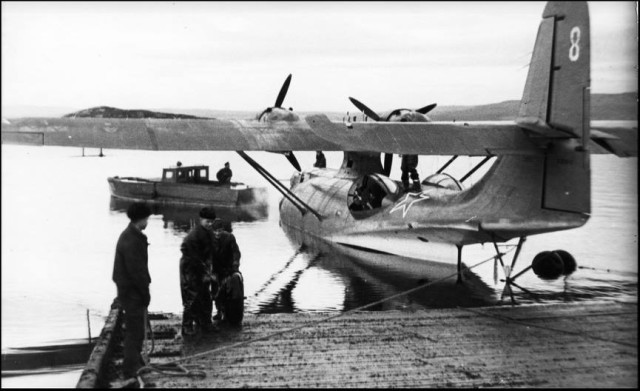
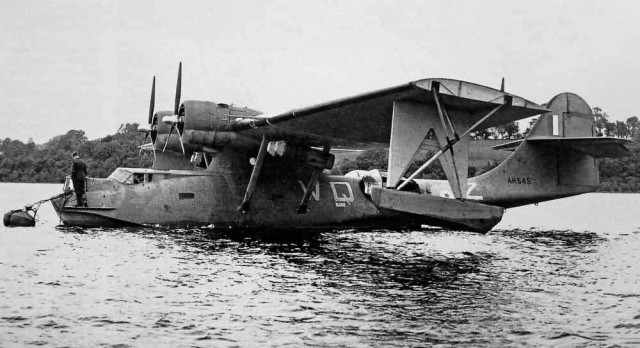
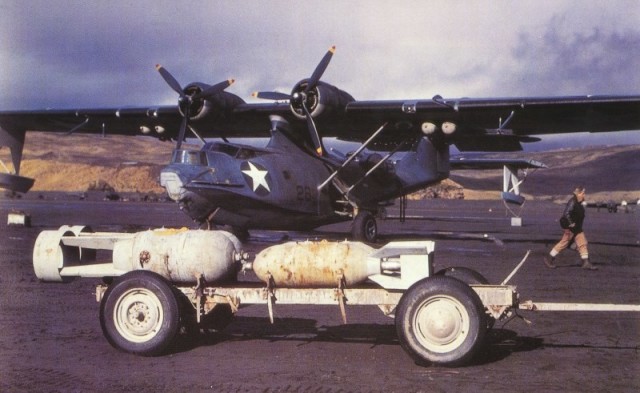

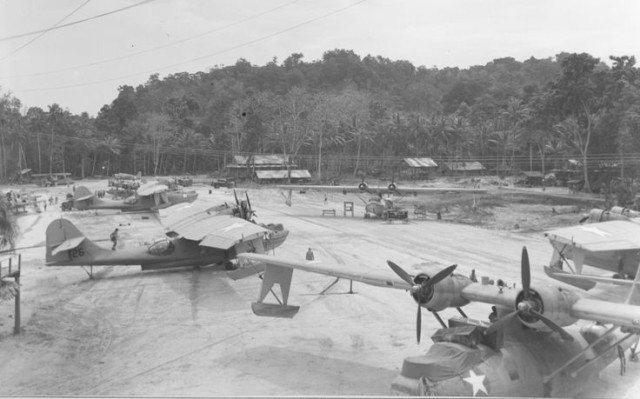
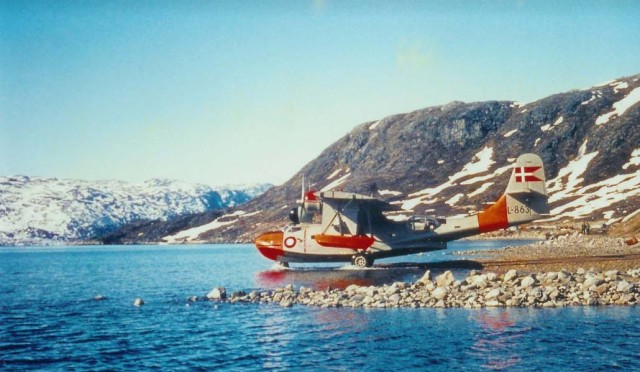
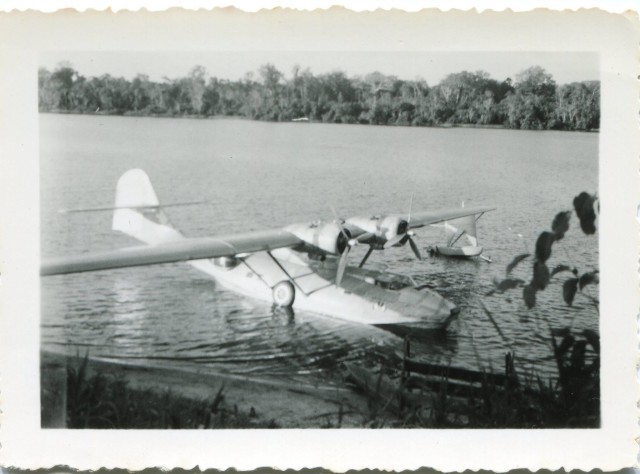
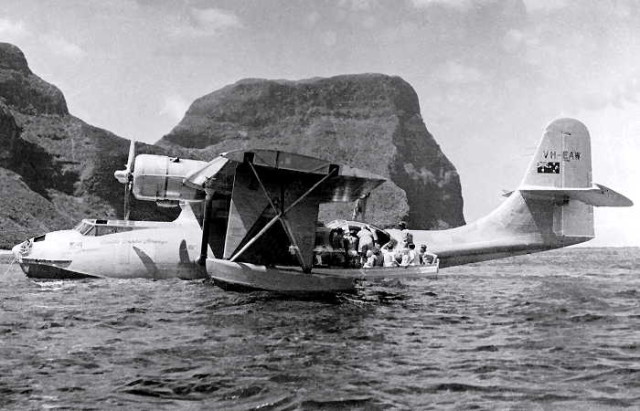
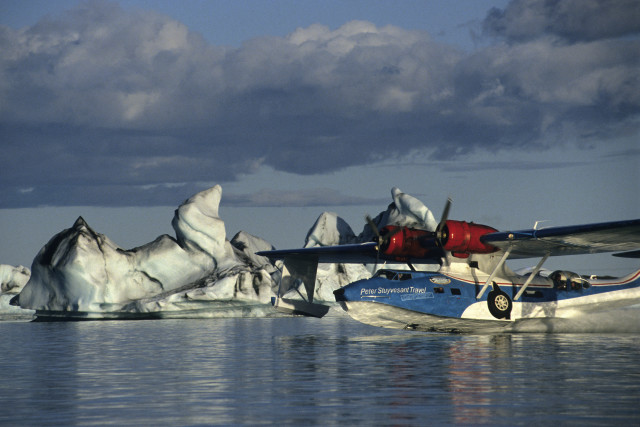
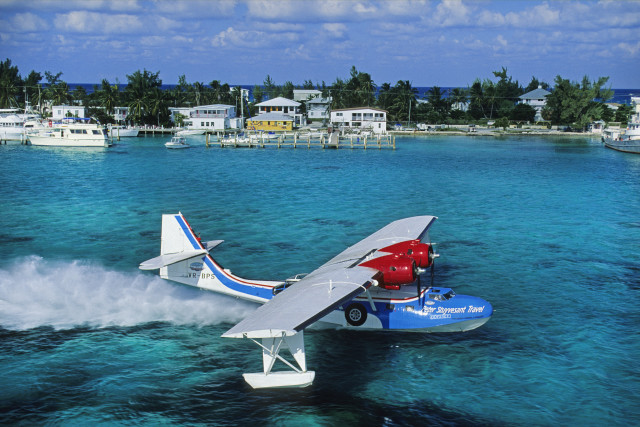
Thank you for your interesting and informative blog. I have enjoyed reading it and appreciate the work you have put into it. Here is some relevant information for you to review .
ReplyDeleteToy aircraft carrier